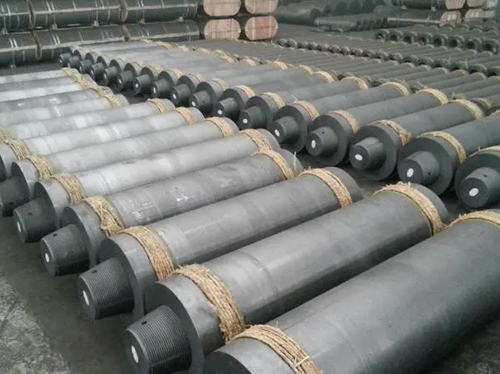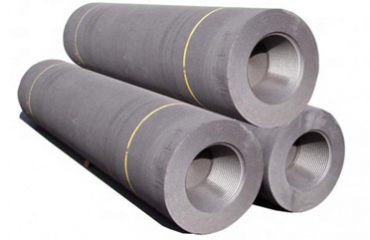
Graphite electrodes have the potential to revolutionize renewable energy storage systems. As the demand for renewable energy sources continues to increase, the need for efficient and effective energy storage solutions becomes more important. Graphite electrodes offer several advantages that make them an attractive option for storing renewable energy.
One advantage of graphite electrodes is their high energy storage capacity. Graphite has a high specific energy capacity, which means it can store a large amount of energy in a compact space. This is particularly beneficial for renewable energy storage systems, as it allows for more energy to be stored in a smaller area, reducing the footprint and cost of the storage system.
Another advantage of graphite electrodes is their long cycle life. Graphite electrodes can undergo thousands of charge and discharge cycles without significant degradation. This is important for renewable energy storage systems, as they often need to be cycled multiple times per day to store and release energy as needed. Having electrodes that can withstand frequent cycling without deteriorating is crucial for the longevity and efficiency of the storage system.
Graphite electrodes also have a high charge-discharge efficiency. When energy is stored in the electrodes, it can be released with minimal energy loss. This is important for renewable energy storage systems, as it allows for more efficient use of the stored energy. High charge-discharge efficiency means that more of the stored energy can be utilized, reducing waste and increasing the overall effectiveness of the storage system.
Furthermore, graphite electrodes are relatively low-cost compared to other energy storage technologies. The availability and affordability of graphite make it a viable option for large-scale energy storage systems. This is particularly important for renewable energy storage, as the goal is to make renewable energy more accessible and cost-effective. The low cost of graphite electrodes makes renewable energy storage systems more economically viable and feasible for widespread adoption.
Additionally, graphite electrodes have the potential to be integrated into existing infrastructure. They can be easily incorporated into existing energy storage systems, allowing for the retrofitting of conventional power plants and grid infrastructure. This makes graphite electrodes a versatile option for implementing renewable energy storage solutions, as they can be seamlessly integrated into the existing energy infrastructure without major disruptions or changes.
Despite these advantages, there are still challenges to be addressed in using graphite electrodes for renewable energy storage systems. One challenge is the need for further research and development to optimize the performance of the electrodes. This includes improving their energy density, cycle life, and charge-discharge efficiency. Continued innovation and investment in graphite electrode technology will be necessary to unlock their full potential for renewable energy storage.

